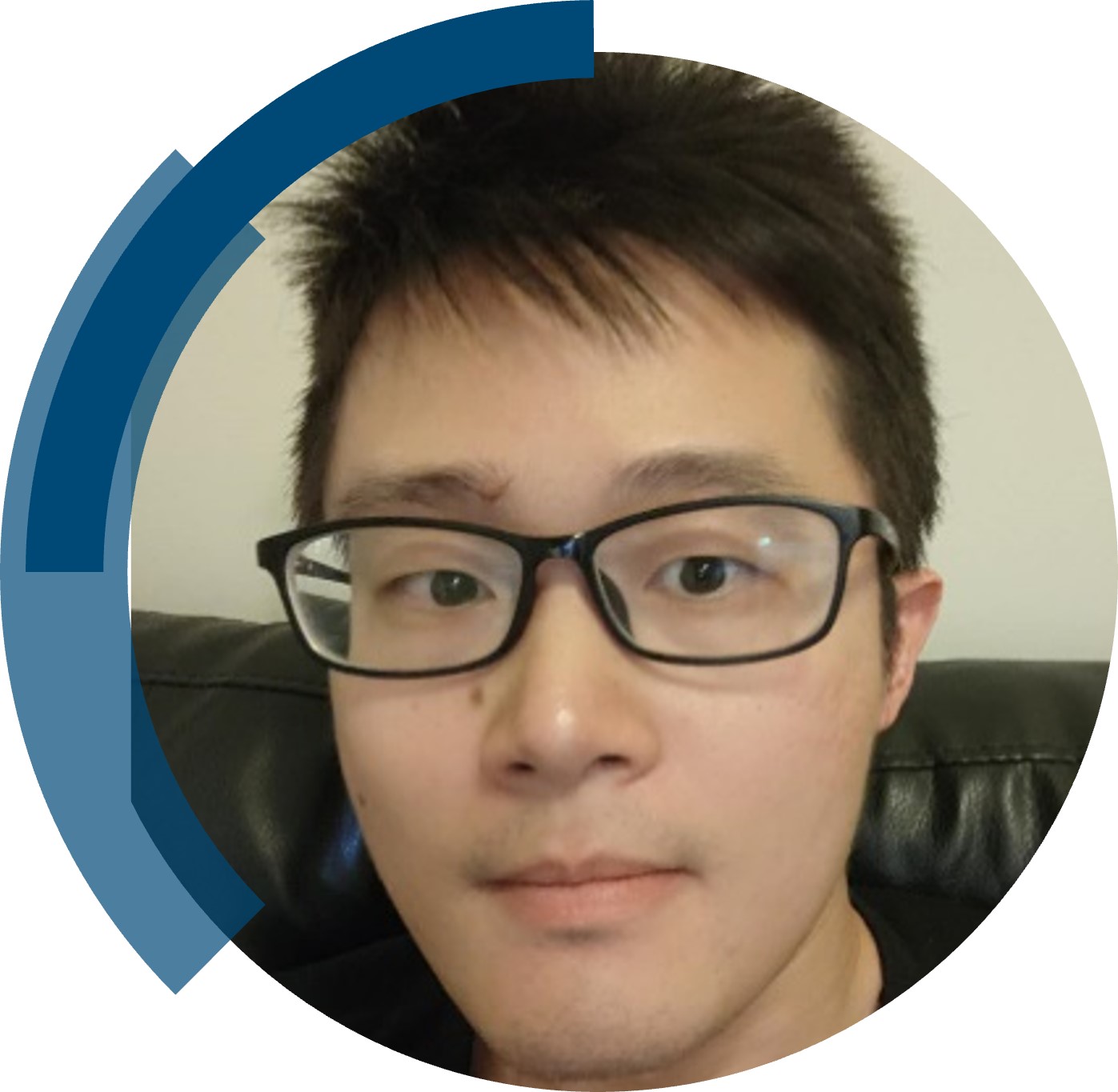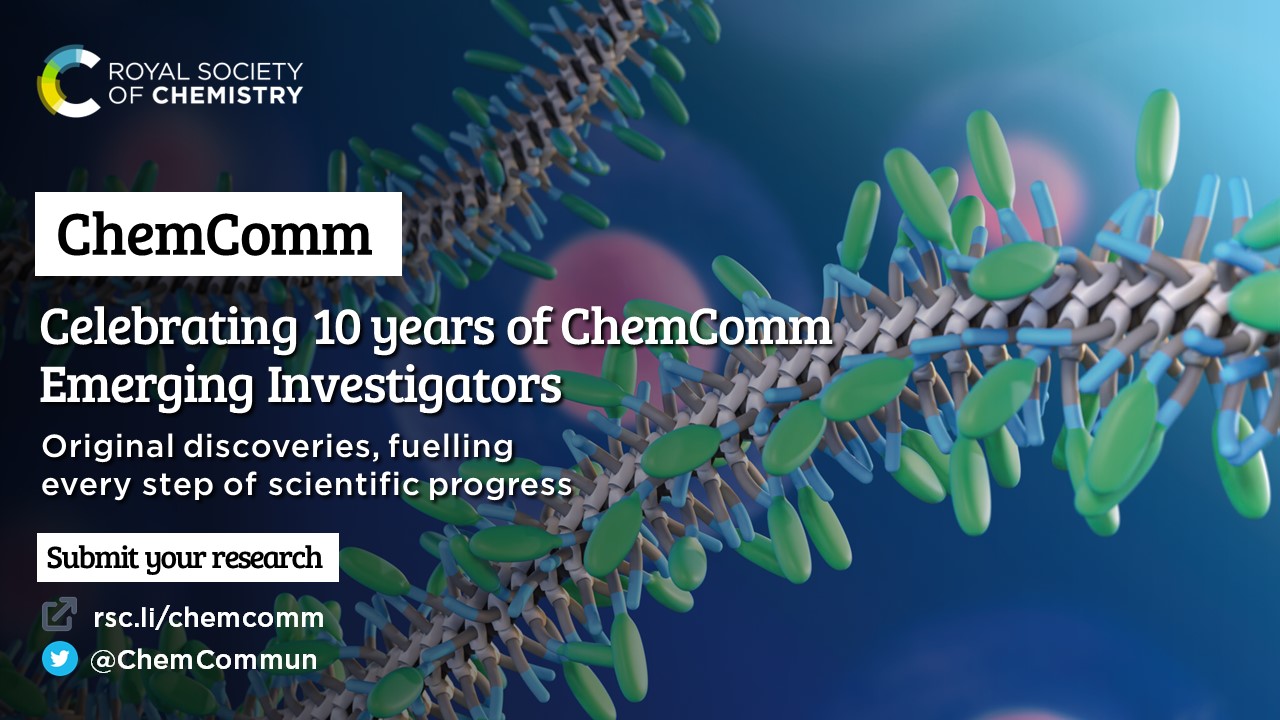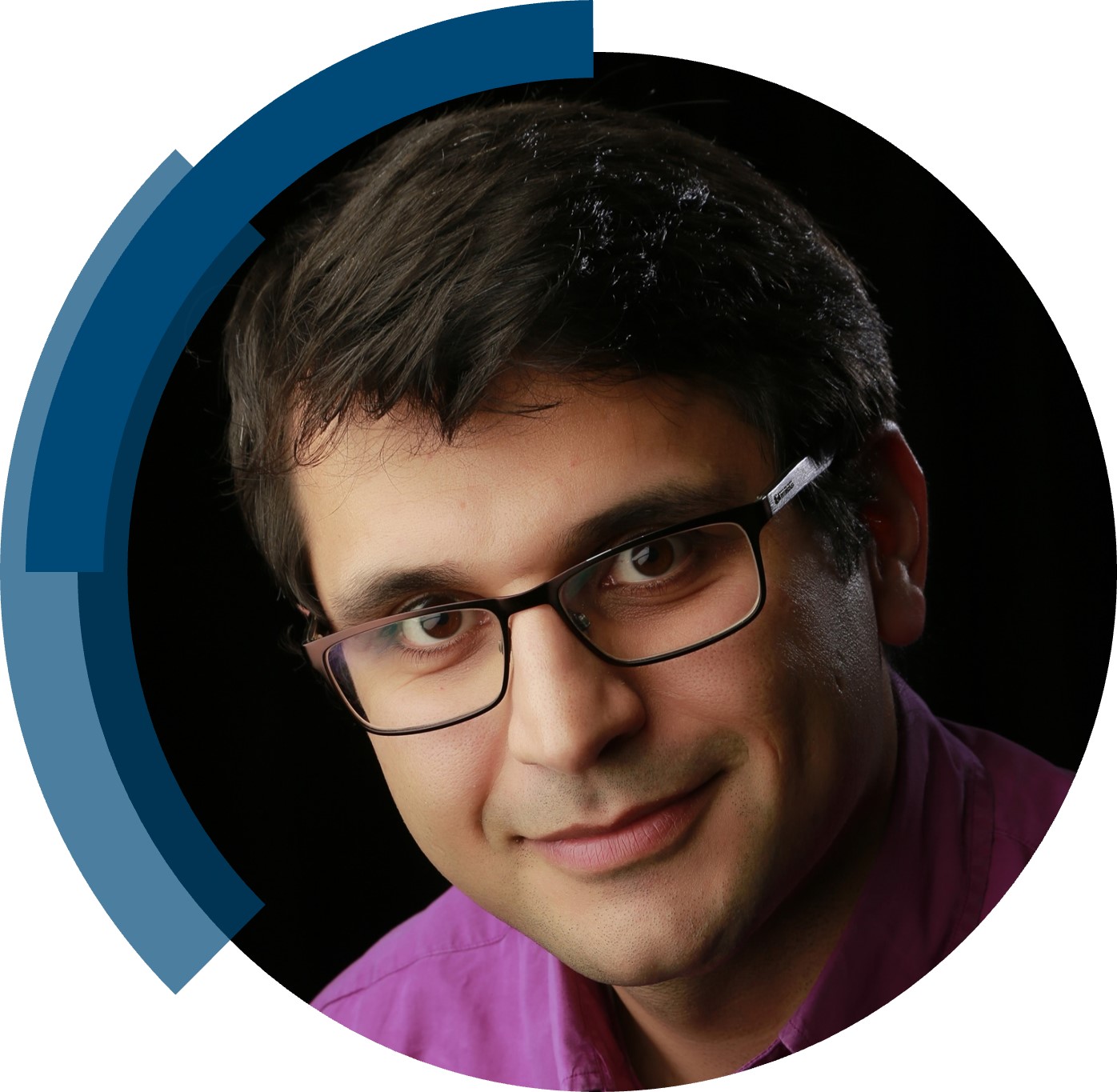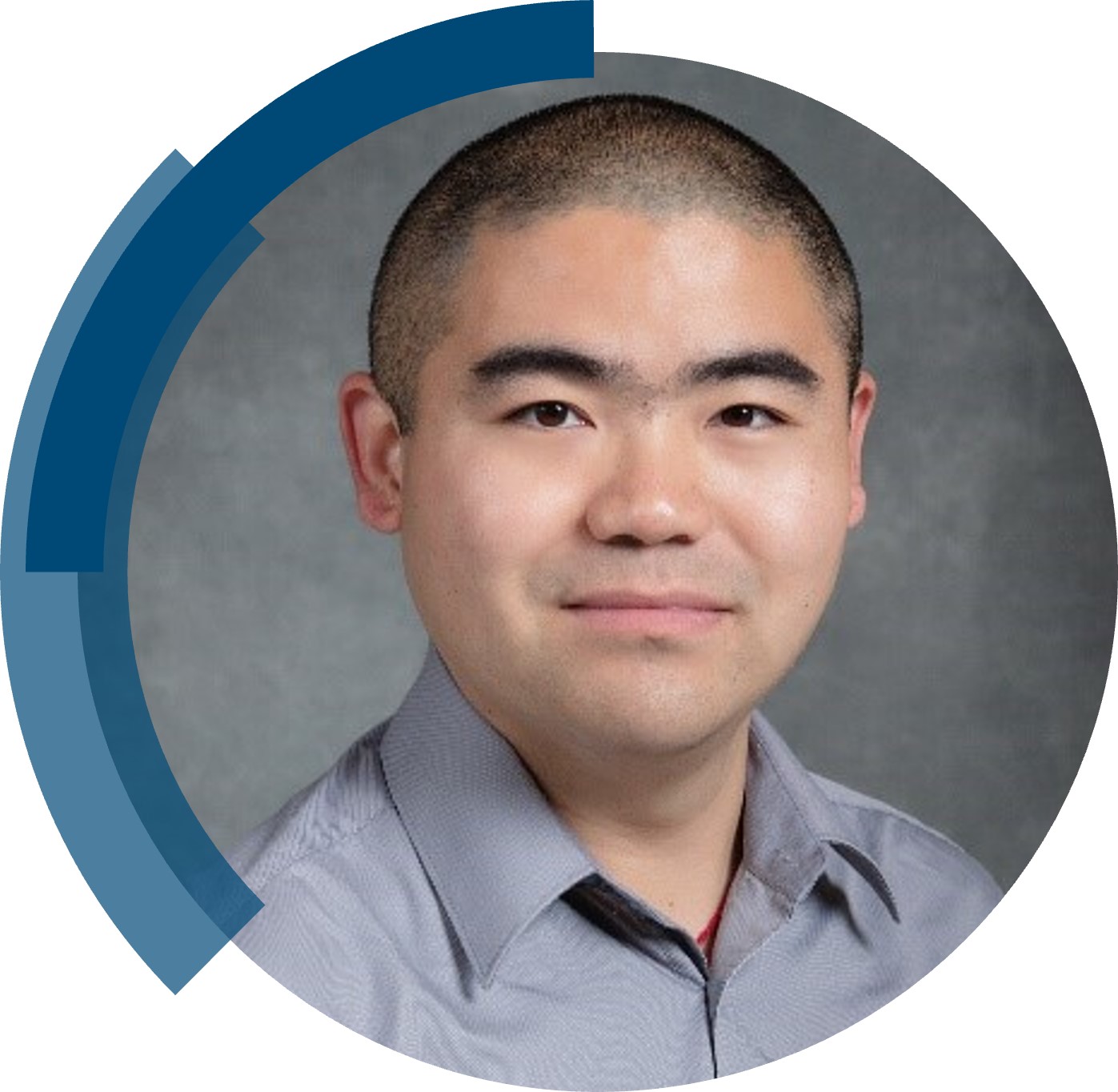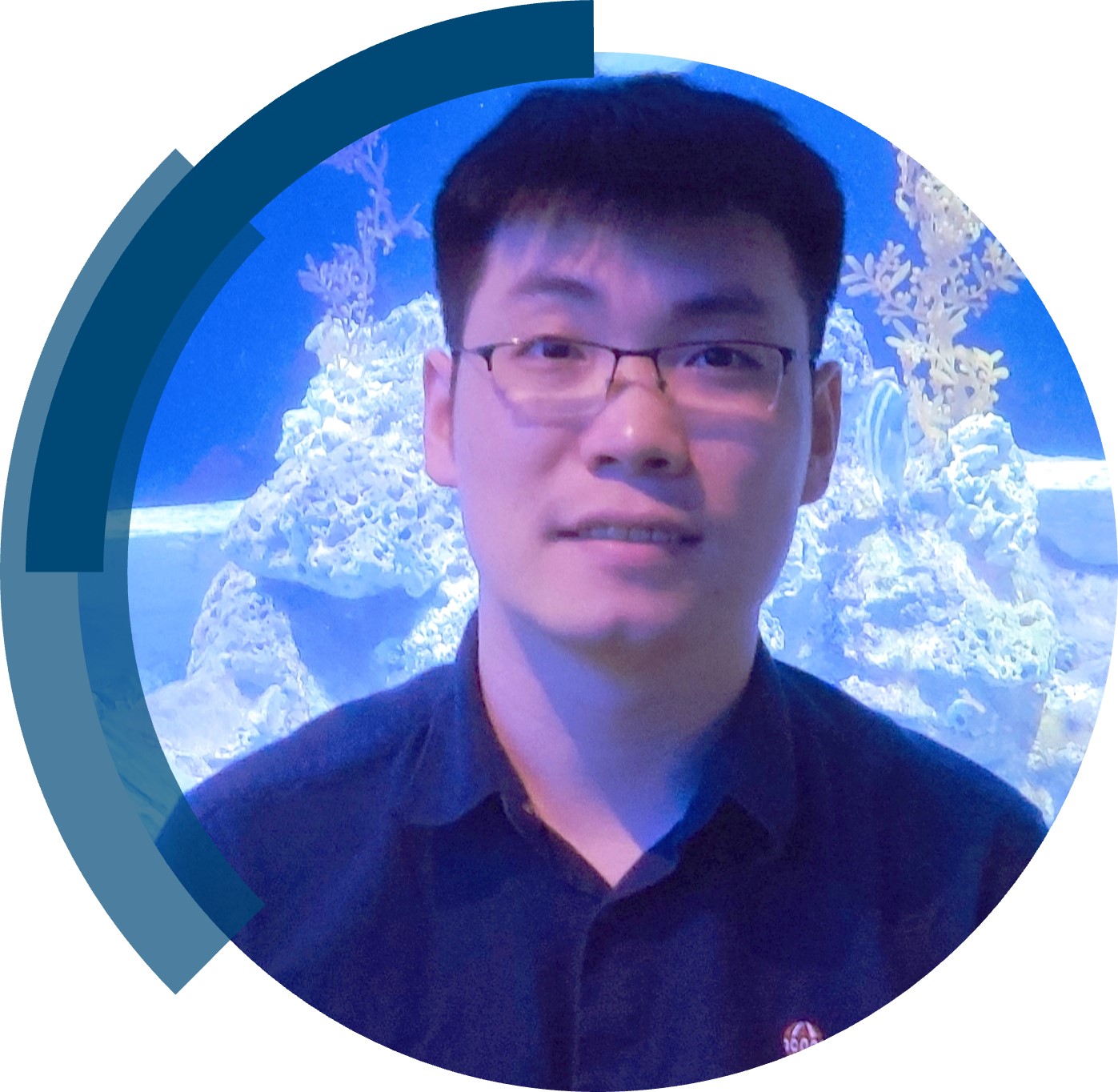We are excited to share the success of Naoyuki Shimada’s first-time independent article in ChemComm; “Catalytic dehydrative amide bond formation using aqueous ammonia: synthesis of primary amides utilizing diboronic acid anhydride catalysis” included in the full milestones collection.
Read our interview with Naoyuki below.
What are the main areas of research in your lab and what motivated you to take this direction?
My research focuses on the development of efficient synthetic methodologies taking advantage of the properties of organoboron compounds. Specifically, the development of amide bond and peptide bond formation reactions based on the electrophilic activation of carboxylic acid derivatives utilizing multi-organoboron catalysts, and the development of site-selective functionalizations and glycosylations of carbohydrates based on the nucleophilic activation of hydroxyl groups utilizing Lewis base-containing organoboron catalysts. My motivation for promoting the research is that organoboron compounds exhibit interesting and diverse reactivities, and that the development of new organoboron catalysis has the potential to lead to the efficient synthesis of bioorganic molecules such as peptides, sugar chains, and glycolipids.
Can you set this article in a wider context?
Primary amides are important chemical linkages found in many pharmaceuticals, agricultural chemicals, and bioactive natural products. So, the development of efficient synthetic methodologies for primary amides are in high demand. Although many synthetic approaches of primary amides have been developed, the direct amidation of readily available carboxylic acids with ammonia equivalents is one of the most direct approaches. Moreover, inexpensive and safe aqueous ammonia is the ideal ammonia equivalent. A wide variety of organoboron-catalyzed dehydrative amidations have been developed to synthesize secondary and tertiary amides. However, these have been difficult to apply to the synthesis of primary amides using aqueous ammonia because common organoboron catalysis requires dehydrative operations such as the addition of dehydrating agents or azeotropic reflux to remove water. In this study, my research group reported the development of a catalytic synthesis of primary amides by dehydrative condensation of a-hydroxycarboxylic acid or b-hydroxycarboxylic acids with aqueous ammonia. The key to the success of this research is the use of my unique diboronic anhydride (DBAA) catalyst.
What do you hope your lab can achieve in the coming year?
In this report, it was clarified that the dehydrative amide condensations proceed even under hydrous conditions using aqueous ammonia as the amine substrate by utilizing diboronic anhydride catalyst (DBAA), so in the future, I would like to challenge the development of a dehydrative condensation in aqueous media. Since the development of a reaction that proceeds even at lower temperatures without any dehydrative operations is also another challenge, I would like to overcome this problem by creating new diboronic acid anhydride catalysts. Finally, I hope that the first graduate students in my lab will complete their degrees and work as researchers.
Describe your journey to becoming an independent researcher.
My journey started with the development of Brønsted acid catalysis in water utilizing water-soluble calix arenes as inverse phase-transfer catalysts under the supervision of Prof. Shoichi Shimizu at Nihon University (“Mannich-type reactions in water using anionic water-soluble calixarenes as recoverable and reusable catalysts; Green Chem., 2006, 8, 608–614; DOI: https://doi.org/10.1039/B603962F”). During that time, I experienced the wonders of scientific research and obtained my Master’s degree in engineering. After that, I joined the research group of Prof. Shunichi Hashimoto at Hokkaido University to develop the enantioselective carbon–carbon bond formation reactions using dirhodium catalysts incorporating N-phthaloyl amino acids as chiral bridging ligands (Hashimoto catalyst). After I received my Ph.D. at Hokkaido, I spent two years as a postdoctoral researcher in Prof. Tius’ research group at the University of Hawaii, where I developed an asymmetric Nazarov cyclization reaction. In this way, my experience in developing catalytic reactions with different approaches, such as reaction processes, catalysts, and reactions, has become my asset as a researcher. After returning to Japan, I worked in the Prof. Makino research group at Kitasato University, developing catalytic reactions utilizing the unique reactivities of organoboron compounds, and received the Pharmaceutical Society of Japan Division of Organic Chemistry Award in 2021. I got the opportunity to start my independent research group in the department of chemistry and moved to Nihon University in April 2022.
What is the best piece of advice you have ever been given?
“A person cannot live alone. People live by being supported by many people and things. The only way to repay that kindness is to nurture people and make use of things.” This is the advice I got from my great-grandfather who was a monk when I was in elementary school.
Why did you choose to publish in ChemComm?
ChemComm is one of the leading journals in chemical science, publishing new and important findings in short communications. ChemComm has readers all over the world, because of its long history and high reliability. A rapid peer review system is also attractive to researchers. In addition, ChemComm was the first paper for Professor Shimizu, the birth father of my research, after starting his new independent research project (“Water-soluble calixarenes as new inverse phase-transfer catalysts. Nucleophilic substitution of alkyl and arylalkyl halides in aqueous media; Chem. Commun., 1997, 1629–1630; DOI: https://doi.org/10.1039/A704347C”). After starting my own independent research group, I wanted to publish my first paper in ChemComm.
 |
Naoyuki Shimada obtained his B.Eng. in 2001, and M.Eng. in 2003 from Nihon University under the guidance of Prof. Shoichi Shimizu. He received his Ph.D. in 2007 from Hokkaido University under the supervision of Prof. Shunichi Hashimoto. After that, he worked as a Research Associate and an Assistant Professor (non-tenure) at Hokkaido University, he joined Prof. Tius’ Research Group at University of Hawaii at Manoa as a Postdoctoral Researcher in 2009. He returned to Japan as an Assistant Professor at Kitasato University in 2011, and was promoted to Junior Associate Professor in 2019. He moved to the Department of Chemistry, Nihon University as a Principal Investigator in 2022. He received the Kaneka Award in Synthetic Organic Chemistry, Japan, Pharmaceutical Society of Japan Division of Organic Chemistry Award, and the UBE Young Researcher Award. His research interest is the development of organic reactions using organoboron catalysts and their application to the synthesis of biological molecules.
Group website: https://www.shimadalab.org/en |
Explore more ChemComm Milestones news and updates on our Twitter: @ChemCommun













